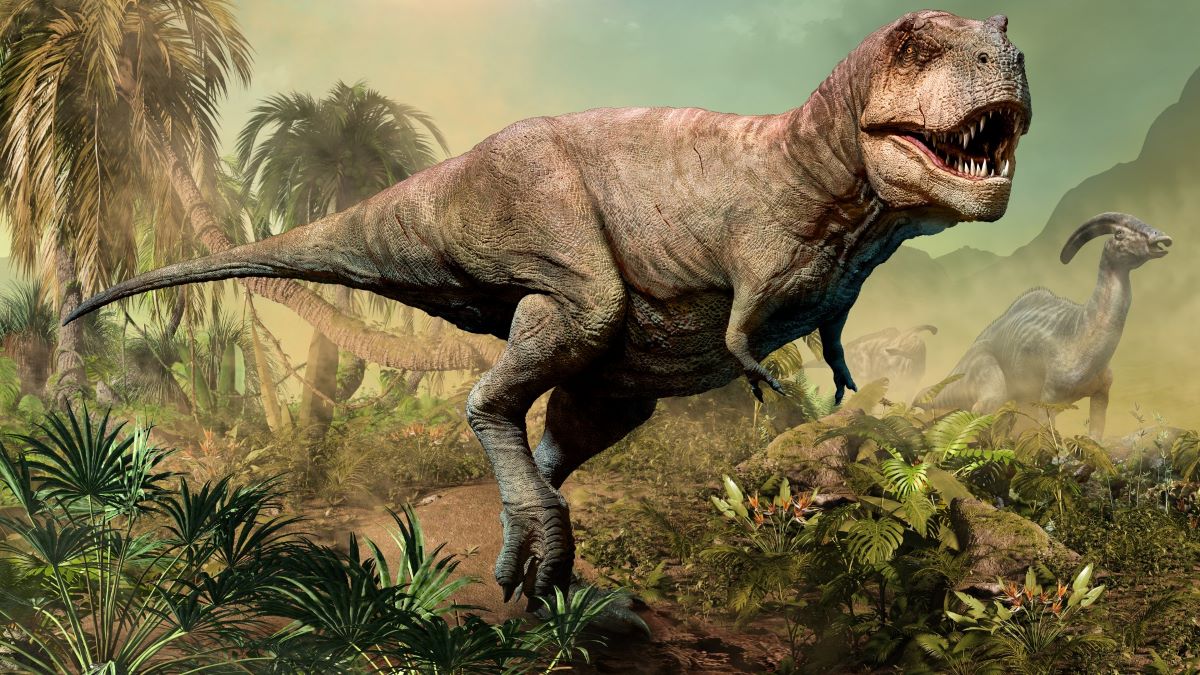
Did you know the Cretaceous Period was a time of significant change and diversity on Earth? Spanning from about 145 to 66 million years ago, this era witnessed the last chapter of the dinosaurs before their sudden extinction. But dinosaurs weren't the only stars of this period; it also saw the rise of flowering plants, the first appearance of bees, and significant geological changes that shaped our modern world. With continents drifting apart to form the oceans and landscapes we recognize today, the Cretaceous Period was a dynamic time of evolution and transformation. Let's delve into 15 fascinating facts about this pivotal period in Earth's history, shedding light on the creatures that roamed the land and the forces that shaped their existence.
The Cretaceous Period: An Overview
The Cretaceous Period spanned from about 145 to 66 million years ago. It was a time of significant geological, climatic, and biological changes. Let's dive into some fascinating facts about this era.
-
The Cretaceous Period is the longest segment of the Mesozoic Era, lasting approximately 79 million years.
-
This period saw the breakup of the supercontinent Pangaea, leading to the formation of the Atlantic Ocean.
-
Flowering plants, or angiosperms, first appeared during the Cretaceous, revolutionizing plant life on Earth.
Dinosaurs of the Cretaceous
Dinosaurs dominated the land during the Cretaceous Period. Many of the most famous dinosaurs lived during this time.
-
Tyrannosaurus rex, one of the most well-known dinosaurs, roamed North America during the late Cretaceous.
-
Triceratops, a herbivorous dinosaur with three horns and a large frill, also lived in the late Cretaceous.
-
Velociraptors, smaller but fierce predators, hunted in packs and had feathers.
Marine Life in the Cretaceous
The oceans were teeming with life during the Cretaceous Period. Marine reptiles and other sea creatures thrived.
-
Mosasaurs, large marine reptiles, were apex predators in the Cretaceous seas.
-
Ammonites, shelled cephalopods related to modern squids and octopuses, were abundant and diverse.
-
The first modern sharks appeared during the Cretaceous, evolving into the formidable predators we know today.
Climate and Environment
The climate of the Cretaceous Period was warmer than today, with higher sea levels and no polar ice caps.
-
Tropical and subtropical climates extended much farther north and south than they do now.
-
High sea levels created shallow inland seas, such as the Western Interior Seaway in North America.
-
Volcanic activity was intense, contributing to the warm climate and creating vast lava plateaus.
The End of the Cretaceous
The Cretaceous Period ended with one of the most significant mass extinctions in Earth's history.
-
A massive asteroid impact near present-day Mexico's Yucatán Peninsula is believed to have caused the extinction event.
-
This impact created the Chicxulub crater, which is over 180 kilometers in diameter.
-
The extinction event wiped out about 75% of Earth's species, including all non-avian dinosaurs, paving the way for mammals to dominate.
A Final Glimpse into the Cretaceous
Diving into the depths of the Cretaceous Period has been nothing short of a thrilling ride through time. We've uncovered fascinating insights about the dinosaurs that roamed the earth, the plants that flourished, and the dramatic end that paved the way for new life forms. This era, marked by significant geological and climatic changes, has left an indelible mark on Earth's history, teaching us about the resilience and adaptability of life. From the towering Tyrannosaurus Rex to the minute pollen grains fossilized in rock, every discovery offers a glimpse into a world vastly different from our own. As we continue to unearth more about this pivotal period, let's appreciate the intricate tapestry of life that has shaped our planet. The Cretaceous Period isn't just a chapter in Earth's history; it's a testament to the ever-evolving story of life itself.
Was this page helpful?
Our commitment to delivering trustworthy and engaging content is at the heart of what we do. Each fact on our site is contributed by real users like you, bringing a wealth of diverse insights and information. To ensure the highest standards of accuracy and reliability, our dedicated editors meticulously review each submission. This process guarantees that the facts we share are not only fascinating but also credible. Trust in our commitment to quality and authenticity as you explore and learn with us.


